Subscribe to Our Newsletter
Stay updated with the latest tips and strategies. Get additional discounts and alerts on offers.

You would have to be living under a rock if you are a part of B2B and don’t know what account-based marketing is! Account-Based Marketing is one of the hottest B2B marketing trends that marketers are continuously tracking. ABM may be an under-implemented strategy but the stats related to this marketing strategy emphasize the powerful impact it has on sales and ROI. Most marketers are still getting hold of the tactics and applications of Account-based marketing. So let’s explore how account-based marketing came to be.
Like any other concept or technology that takes its own course from development to adaptation to application and fruition, account-based marketing is no different. In the 60s, most businessmen struggled to appease and keep important accounts loyal to their products and services. The 1990s saw the invention of the World Wide Web by Tim Berners-Lee and that of Hotmail by Sabeer Bhatiya, these marked a major turning point even for the business world.
A new communication channel had emerged not only for marketers and businessmen but also for the common man. From then on the evolution and progress of marketing strategies and tactics has been super-fast. Account planning was what Account-Based Marketing was commonly known as in the yesteryears and marketing was done just to keep in touch with those accounts. But in the present day scenario, Account-based marketing has grown to be a strategic approach that focuses on high revenue-yielding accounts for getting better sales and larger ROI.
From 2004, when the term Account-based marketing was coined by ITSMA to the present there has been a gradual change towards the approach to this marketing strategy. The fact that generating quality leads is the number one challenge for B2B marketers, has been a great promoting factor for the adoption of Account-based marketing which focuses mainly on high-value target accounts. An Alterra Group Survey has made it pretty clear by presenting the statistics that more than 97% of marketers agreed on the higher ROI achieved with ABM as compared to other marketing activities.
According to a study by Terminus, more than 60 percent of B2B marketers plan to implement ABM strategies in the coming year. This clearly indicates that there is an eagerness in the B2B market to explore the potential of Account-based marketing and its strategies. The rise of ABM has fairly contributed to an increase in the alignment of sales and marketing teams. All these statistics and the growing inclination towards newer marketing strategies and technology are proof that ABM and related strategies are gaining momentum and will further change the business landscape for the better.
Each Entrepreneur, CEO, or B2B Marketer has a unique experience with new developments in the marketplace irrespective of whether it is a product, service, or strategy. Most organizations depend on their Chief Marketing Officers (CMOs) to introduce innovative marketing strategies in their business plan in order to build a successful sales pipeline. No wonder most Entrepreneurs are on the lookout for CMO Mailing Lists to get connected with the best CMOs across the globe!
Let’s see how 12 top Marketing Experts offer a new perspective with their definition of Account-based marketing:
Our definition of account-based marketing is just good marketing. If you only had one prospect to sell and market to, you would treat them with the same principles as outlined in ABM. It’s just aiming at a more well-defined area of that funnel and treating your best buyers in a much more personal way. And we’re focusing on not only the lead but the account as a whole.

Attention to detail matters in Account-Based Marketing. ABM is a highly personalized approach to connecting with your ideal B2B accounts through a variety of marketing and sales channels. In account, an account-based strategy, every revenue-generating department — marketing, sales, and customer success — works together to close higher value accounts, faster. What differentiates Account-Based Marketing from age-old enterprise sales techniques is being able to automate and scale personalized communication at the right time. ABM starts with high-quality customer data.

To break down walls between sales and marketing, ABM is pretty close to a silver bullet in that it aligns programs’ dollars and focuses on the accounts that the sales teams care about. So there’s inherent buy-in. That said, ABM is only as good as your visibility into your highest potential accounts and best-fit customer segments, which gets clearer over time. So it’s most effective when deployed as part of a comprehensive set of targeting strategies.

An ABM strategy allows us to bridge the divide between the polar extremes of inbound and outbound by targeting campaigns specifically to the accounts that sales are working, and ‘right-sizing the investment depending on potential deal value and likelihood to close.

ABM ” is an evolution from account-based selling that now involves marketing, The idea is to no longer have a massive, wide funnel, but rather to have a highly targeted funnel with very qualified leads. Competition is much bigger due to the proliferation of B2B technology companies, and there is more noise than ever. Hence, getting back to basics — targeting key customers and retaining them — is the name of the game, and we now couple those principles with technology.
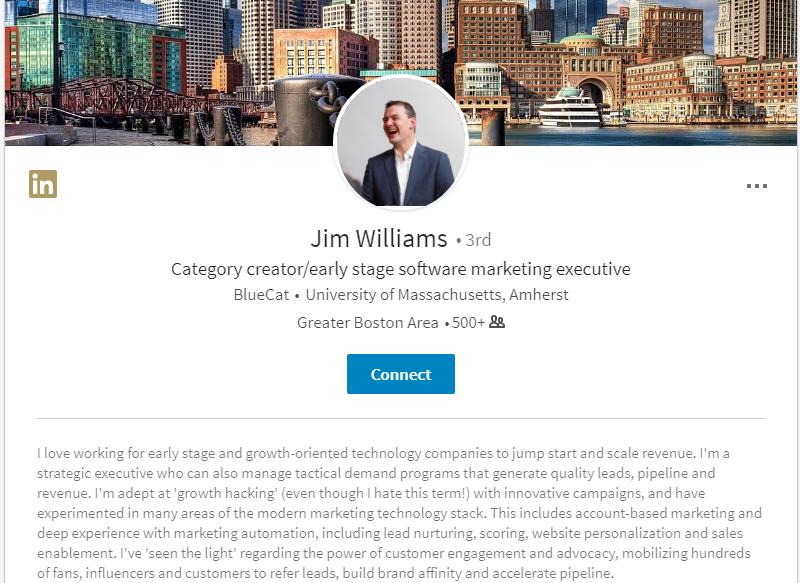
Account-based marketing is focused on B2B Smarketing. I say “Smarketing” because ABM is all about focusing on the right accounts in collaboration with sales. ABM is not a solo activity. It’s the combination and range of activities from advertising, direct mail, calls, emails, content — all centered around the ideal set of accounts that you believe has the need for your solution. It’s quality over quantity in its most basic form.

Account-based marketing is a comprehensive approach for your marketing programs and activities. To successfully take an account-based approach, you start with deemphasizing the vanity metrics such as the number of new leads created, the number of clicks from an email campaign, or the number of forms completed. There’s only one metric that account-based marketing teams truly care about, and that’s revenue.

ABM to me and to CSC is treating a single account as a market of one, and within that marketing of one we’re looking to customize our marketing activities and message in close collaboration with our sales team – and not just down to a buying center or persona but right down to the individual.
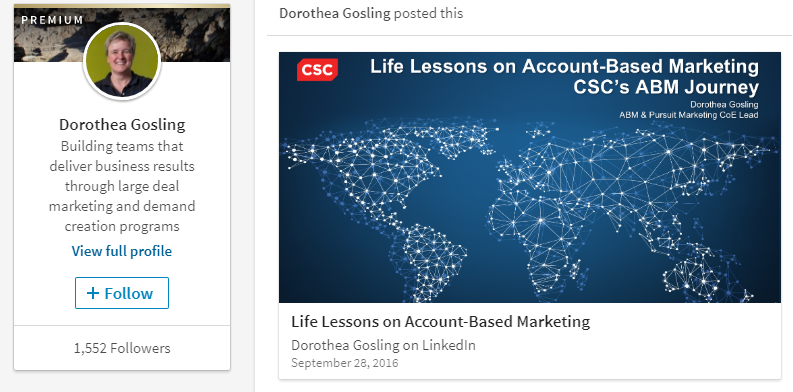
I define account-based marketing as total marketing and sales alignment around who are target customers and the efforts to go get them. They align with the same outcome in mind: to get a specific account as a customer.
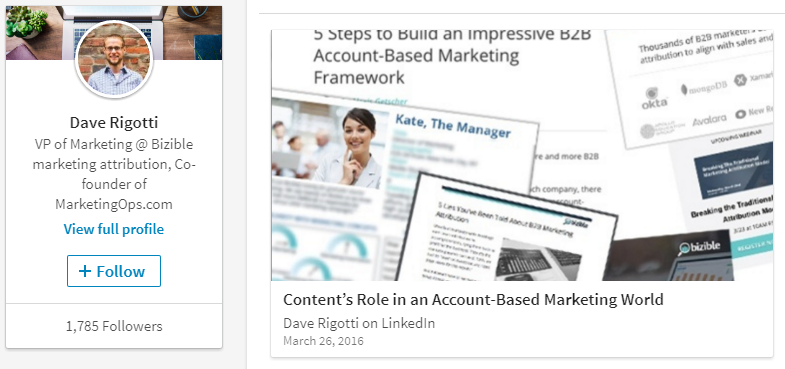
Account-Based Marketing is a strategic approach that coordinates personalized marketing and sales efforts to open doors and deepen engagement at specific accounts.

With ABM, you’re creating this really strategic, orchestrated set of activities that make you rise above the noise of what everyone else out there is doing and get that account to say, ‘Hey, I want to talk to you.
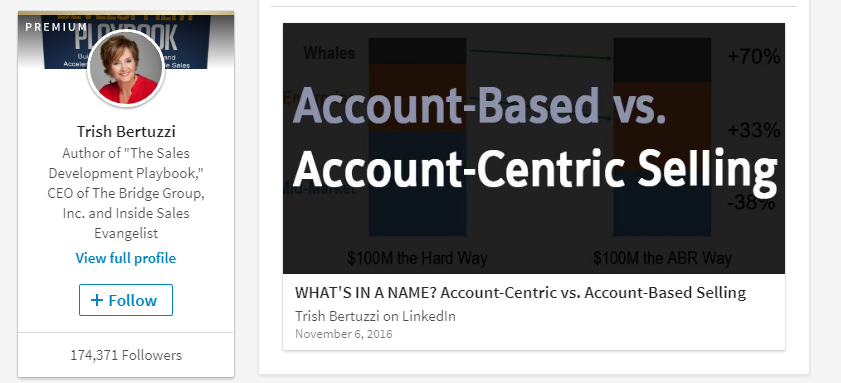
ABM is the growth strategy of choice because it drives the outcomes that really matter to businesses: increased pipeline and revenue.
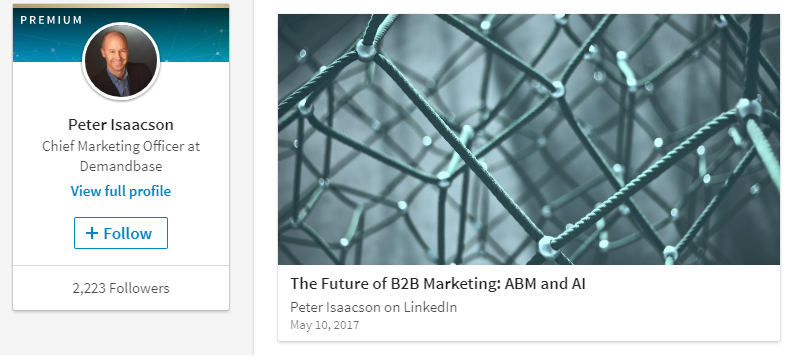
Conclusively, though each of these definitions offer different viewpoints to the ABM thought process the final opinion seems to reflect one thing- Account-Based Marketing is ‘Essential’ and it is here to stay!
So, get on with it! Innovate your Marketing Strategy and Reinvent Sales Success with Account-Based Marketing!
Show Some Love!

Subscribe to Our Newsletter
Stay updated with the latest tips and strategies. Get additional discounts and alerts on offers.
Related Articles
Subscribe to Newsletter
Stay up to date with the latest marketing, sales, and service tips and news.
